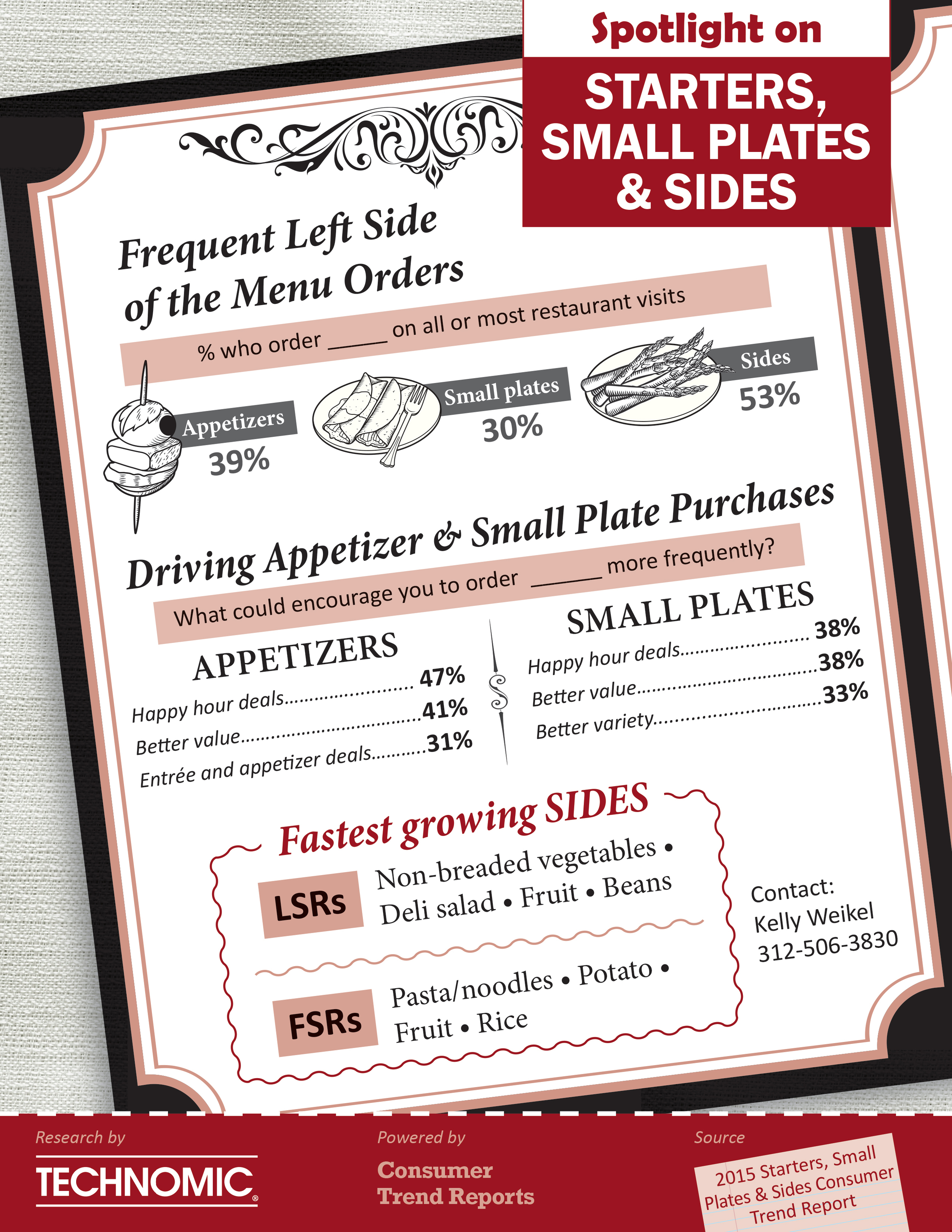
The restaurant industry continues its accelerated pace of job creation as sales continue to improve, however there was a slowdown in the growth rates for September. This insight comes from data reported by TDn2K’s™ Black Box Intelligence™ through The Restaurant Industry Snapshot™, insights based on weekly sales from over 22,000 restaurant units and 120 brands representing $55 billion dollars in annual revenue.
DALLAS, TEXAS (PRWEB) OCTOBER 09, 2015
The restaurant industry continues to post positive same-store sales results, however there was a slowdown in the growth rates for September and Q3 overall compared with previous periods. Q3 same-store sales growth was 1.5%, the fifth consecutive quarter of positive sales growth for the industry. The Q3 results represented a 0.3% drop from the growth rate reported for the second quarter. Year-to-date same store sales growth is tracking at 2.1% through the end of September, a significant improvement over the 0.6% reported for all of 2014. This insight comes from data reported by TDn2K’s™ Black Box Intelligence™ through The Restaurant Industry Snapshot™, insights based on weekly sales from over 22,000 restaurant units and 120 brands representing $55 billion dollars in annual revenue.
“We have just experienced the best five quarters since the recession based on sales growth, but concern remains for chain restaurants overall due to the continuously falling guest counts” says Victor Fernandez, Executive Director of Insights and Knowledge for TDn2K. “The last time we reported such a long period of consecutive same-store sales growth was in 2011-2012, but we are seeing much stronger growth in sales today. The previous five-quarter period with the highest same-store sales growth since the recession was from Q1 2011 through Q1 2012, as the economy’s recovery was beginning to take hold and the industry was climbing its way out of the sales slump of the recession. Average same-store sales growth per quarter during that period was 1.6%, compared with the average 2.0% reported by the industry for the five quarters ending in Q3 2015.”
Same-store traffic growth was -1.2% during Q3, a 0.5% improvement from Q2’s results. Causing concern is September’s same-store traffic growth of -1.3%, a 0.3% decline from the traffic growth in August and representing the worst traffic result since June. Comparing the results of the last five quarters, which have an average same-store traffic growth rate of -1.0% per quarter, with the average traffic growth of the Q1 2011 through Q1 2012 period (average -0.4% same-store traffic per quarter), it is clear that the superior results observed currently in sales growth are primarily the result of an increase in average guest checks. While positive in sales growth, the last five quarters have been lagged behind in guest counts. On a positive note, year-to-date same-store traffic growth has improved over 2014; -1.1%, vs. -1.8% respectively.
The best performing region during September was California for the second consecutive month with same-store sales of 4.4%. This significant growth in sales is fueled primarily by the fact that California was also the region with the highest average year-over-year guest check growth at 3.3%; likely a reflection of sharply rising prices as a result of the increasing labor costs in the state. The worst performing region during the month was the Southwest (Arkansas, Louisiana, New Mexico, Oklahoma) with same-store sales of -2.2%. Evidence of the slowdown in sales is also found in the drop in the number of individual markets which posted positive same-store sales growth during September. A total of 126 DMAs (or 65% of the 193 DMAs covered by Black Box Intelligence) reported increasing sales growth during the month, compared with 71% of the DMAs which had positive same-store sales growth in August.
The economy is showing some signs of weakness regarding still stagnant growth in employment and wages. Both of these factors are critical in fueling the continued growth of consumer spending in the restaurant sector. The Q3 average for job gains was the lowest three-month average in the last two and a half years and suggests that restaurants could experience headwinds in their sales and traffic as we enter Q4. It appears we could be seeing this impact already in September’s results. Consumers still seem to be optimistic about the future, but if payrolls and wage rates are not expanding at the same pace as in recent quarters, income might not keep up at the same level of growth as we’ve seen.
“Looking forward to Q4, we must consider the effect of the winter weather in the sales results. Last year’s Q4 and Q1 2015 posted sales growth rates of 2.5% and 2.9% respectively, primarily aided by more favorable weather conditions during the winter months than the previous year,” observed Fernandez. “As we enter the last quarter of the year, the rollover rate and weather could again become an issue, especially during December.”
The chain restaurant industry continues its accelerated pace of job creation as sales continue to improve. Based on the latest data available from TDn2K’s™ People Report™, the number of jobs in restaurants increased by 4.6% year-over-year during August, an increase from the 4.4% growth rate reported for July. On average, the number of jobs has now increased by 3.2% each month year-over-year since January.
As the unemployment rate nears full employment levels, restaurant hourly employees and managers are increasingly receptive to changing jobs in search of better opportunities. This is evidenced by the increasing turnover rates reported for hourly employees over the last 24 consecutive months. For restaurant managers turnover rates seem to have stabilized over the last two months after increasing during 14 of the previous 15 months. However, even though management turnover seems to have stopped increasing, at least in the short term, the churn rates being reported by restaurants are already at extremely high levels and have become a major concern for operators.
Regarding restaurant guest satisfaction, as measured by TDn2K’s™ White Box Social Intelligence, of the three key guest satisfaction attributes tracked (“food”, “service” and “intent to return”) from a sample of 6.6 million social media mentions during September, guests are increasingly talking about service when posting about restaurants on social media. The majority of guest mentions are still overwhelmingly about food (with a third of all mentions centered on this attribute during the month), but the percentage of mentions based on service has increased steadily since the beginning of the year. Although less than 10% of all mentions were about the service in January and February, during September 27% of the online posts about the restaurant brands tracked were centered on discussing service.
The best performing industry segment based on percentage of their positive food and service mentions during September was Casual Dining, while the segment that generated the highest percentage of positive “intent to return” mentions was Upscale Casual/Fine Dining.
TDn2K (Transforming Data into Knowledge) is the parent company of People Report, Black Box Intelligence and White Box Social Intelligence. People Report provides service-sector human capital and workforce analytics for its members on a monthly basis. Black Box Intelligence provides weekly financial and market level data for the restaurant industry. White Box Social Intelligence delivers unparalleled consumer insights and reveals online brand health. Together they report on over 32,000 restaurant units, over one million employees and $55 billion in sales. They are also the producers of two leading restaurant industry conferences: Summer Brand Camp and the Global Best Practices Conference, each held annually in Dallas, Texas.
(via PRWeb)











